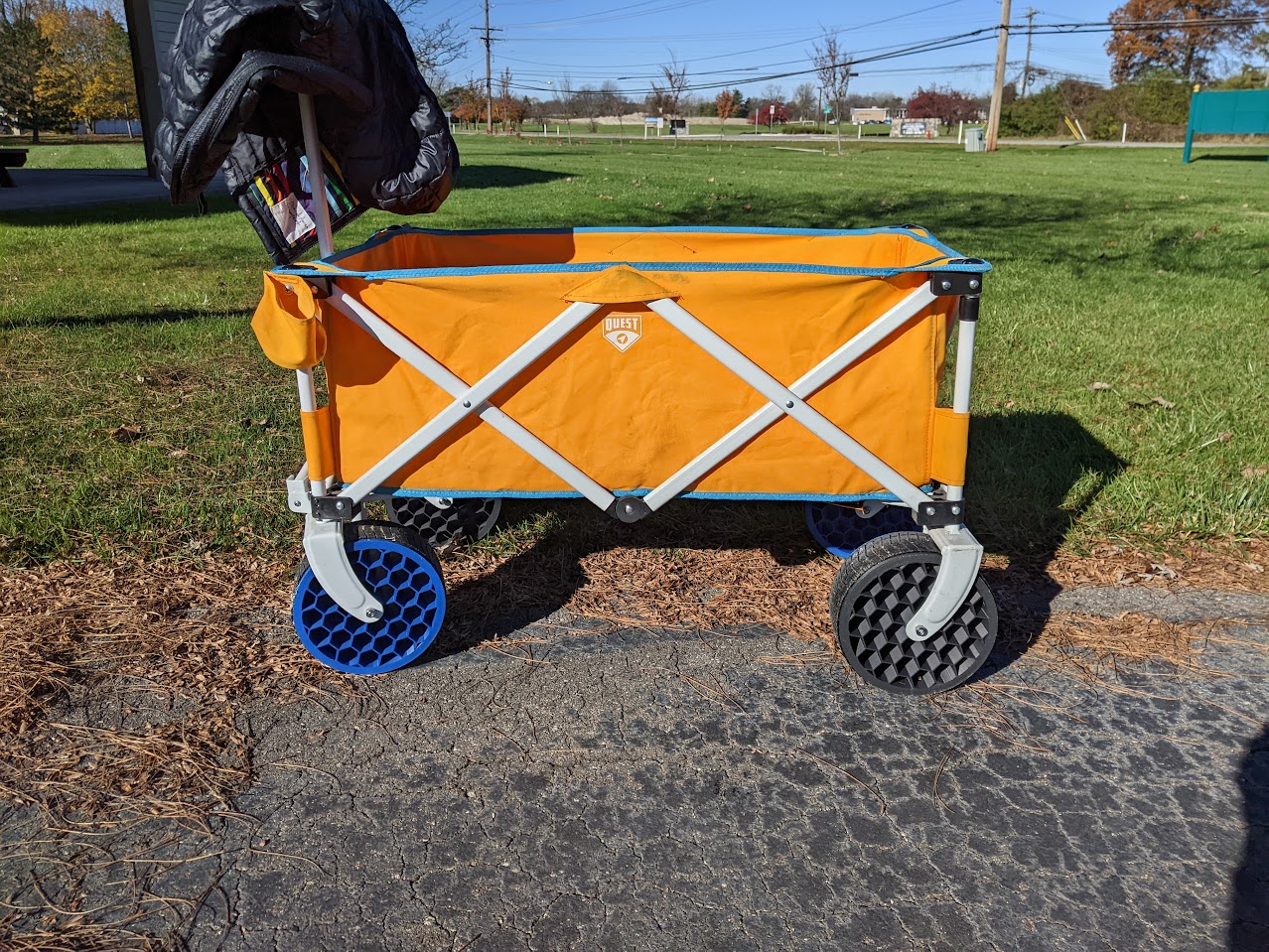3DPrinting
3DPrinting is a place where makers of all skill levels and walks of life can learn about and discuss 3D printing and development of 3D printed parts and devices.
The r/functionalprint community is now located at: !functionalprint@kbin.social or !functionalprint@fedia.io
There are CAD communities available at: !cad@lemmy.world or !freecad@lemmy.ml
Rules
-
No bigotry - including racism, sexism, ableism, homophobia, transphobia, or xenophobia. Code of Conduct.
-
Be respectful, especially when disagreeing. Everyone should feel welcome here.
-
No porn (NSFW prints are acceptable but must be marked NSFW)
-
No Ads / Spamming / Guerrilla Marketing
-
Do not create links to reddit
-
If you see an issue please flag it
-
No guns
-
No injury gore posts
If you need an easy way to host pictures, https://catbox.moe/ may be an option. Be ethical about what you post and donate if you are able or use this a lot. It is just an individual hosting content, not a company. The image embedding syntax for Lemmy is 
Moderation policy: Light, mostly invisible
view the rest of the comments



This is buried lower in the thread, so here it is again: the face you see facing you in the CAD was the first layer. Note the inset faces at 1:00, 3:00, 5:00, 7:00, 9:00 and 11:00. Due to their shape and the fact that they have a hole in the middle of them, a slicer would typically just try to print from the center out in mid air.
Orienting the print the other way around wouldn't have worked due to the way I decided the two halves to mesh - I would have been printing way more in mid air. This orientation also gives me a nice looking first layer facing out.
@alkheemist@aussie.zone was right on the money, here are a few closer visuals. They're only a layer thick. I've found that if I make them too wide the slicer will stop trying to turn them into a bridge.
CAD:
Here's one of the earlier ones before I got the spacing down. Without it my slicer would have tried to print the circular heatsert hole in midair.